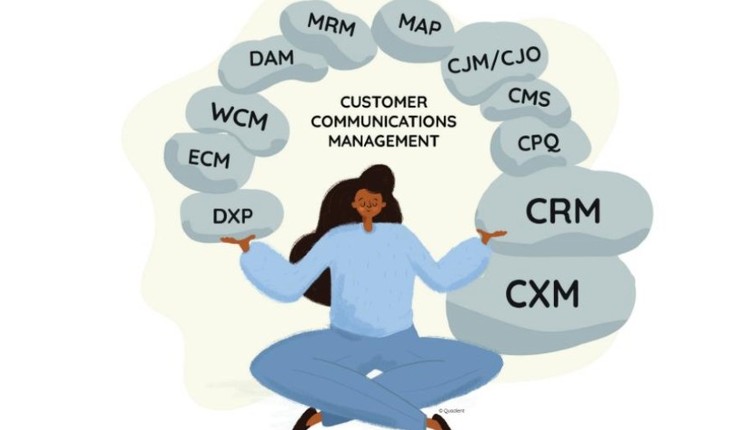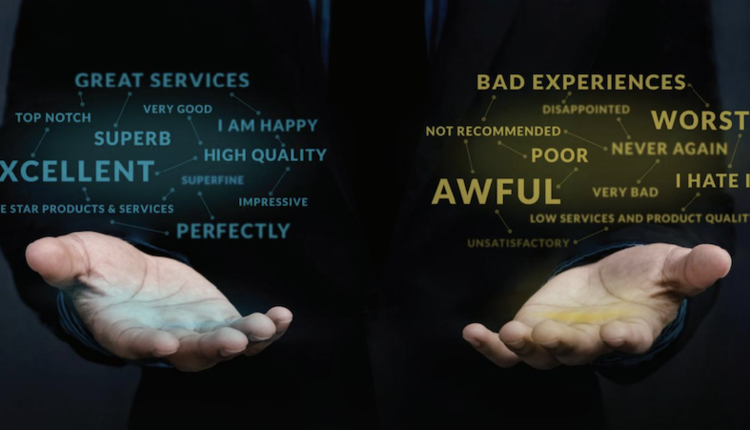
You’ve been pivoting without stopping. You’ve thought you arrived at a “new normal” three times in two years. You’ve been introduced to new colleagues that need new integrations. You realize performance is critical to the KPIs of other teams. The good news is that your skills of managing customer communications are in demand. The bad news is that your skills are in demand more than you know by many parts of the organization. Stressed? Maybe it’s time to take a look at the Venn diagram of other systems that have become adjacent to your customer communications management (CCM) system and find some zen in that Venn.
Before we seek calm, we should become aware of our surroundings. CCM technologies started out generating documents that support critical business and customer functions. These fall into four general categories: pre-sale marketing communications, time of sale documents (quotes, contracts and onboarding), regular communications and exception-related communications. If we map these types of communications to new adjacent technologies and to our peers, who employ those technologies, we see that our CCM systems are fundamentally interconnected with other systems that impact both customers and employees. You will also find that other technologies are beginning to overlap your CCM initiatives.
Maybe you have heard colleagues talking about how they are using these technologies. Maybe some new KPIs related to them are appearing on new dashboards. You might hear about them on analyst webinars. But most importantly, you may hear these in new funding discussions as your peers are building their 2022 budgets and three-year plans that close in 2025.
Let’s imagine a Venn diagram of how these technologies overlap with your work. They may share data, content, approval, budget, team members or other resources. If these technologies start to overlap your projects, you may lose budget to them, which means it is important to open our ears and listen for the sounds of these adjacent technologies. Can you hear the hum of any of these buzzwords or their acronyms in your operations?
CJM — Customer Journey Mapping
CJO — Customer Journey Orchestration
CMS — Content Management System
CPQ — Configure Price Quote
CRM — Customer Relationship Management
CXM — Customer Experience Management
DAM — Digital Asset Management
DXP — Digital Experience Platforms
ECM — Enterprise Content Management
MAP — Marketing Automation Platform
MRM — Marketing Resource Management
WCM — Web Content Management
Each of these technologies has a purpose, proven ROI and a clear departmental owner. Your CX team probably has CJM, CJO, DXP and some CXM technologies. Your marketing operations team is likely running CMS, CRM, DAM, MAP, MRM and WCM systems while they engage with prospects who are seeking information about your offerings. Your sales operations team is a heavy user of CPQ, CRM and some ECM capabilities as they create documents that turn prospects to customers. Your call center is likely accessing CJM, ECM and CRM systems to deliver great service by seeing what information is informing the customer’s context.
For you, the challenge is to really understand how these systems overlap with your customer communication strategy. Working for an enterprise or third-party provider, you must adhere to strict regulations as the company generates highly complex communications. In contrast, many of the systems mentioned are starting to generate simple communications, like a CRM system that can generate a simple invoice. Sometimes, these are explained as “finishing the process” or “low hanging fruit;” however, any communication that isn’t accountable to your strategy has the potential to disrupt the customer experience you are working so hard to achieve.
The more communications these overlapping systems are allowed to generate, the more difficult it becomes to have a true handle on your company’s entire communication portfolio. Losing control of certain communications means you lose approval and accountability to a central communication portfolio that is designed to generate consistent customer experiences. Make no mistake: This confusion will rattle your zen for sure.
To find some zen in this Venn diagram, you need to accept that an organization’s varied teams need these communications. Once you accept this, you can focus on extending your communication expertise to other team members in a way that connects their communications to the overall communications strategy to ensure the delivery of higher quality communications that remain true to the CX strategy of the business. Best of all, if you work as a team, you can help to improve customer communications, reduce operational costs and find your zen in a new Center of Excellence that makes it possible to drive revenue, increase customer loyalty and for you to exhale.















